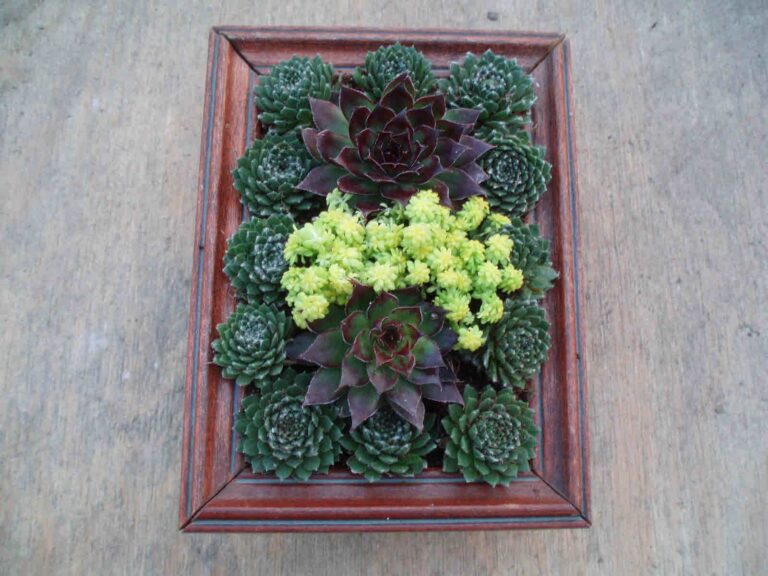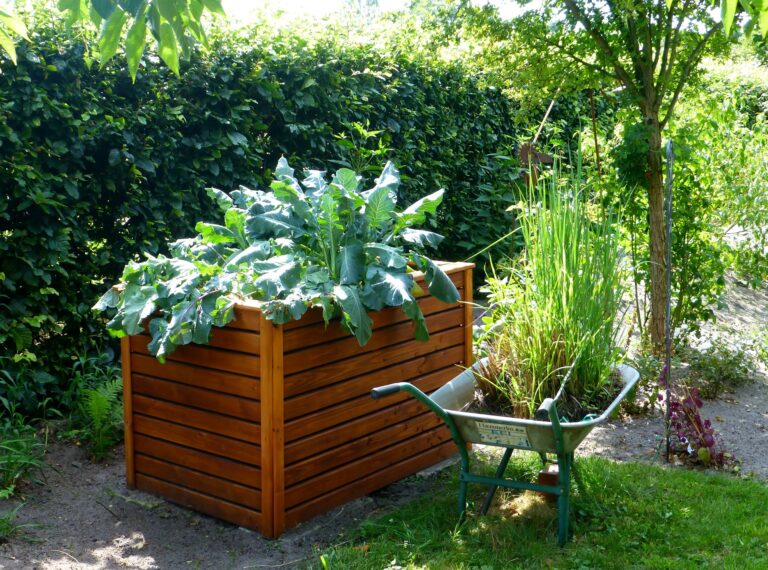Top Tips to Easily Mulch for Winter
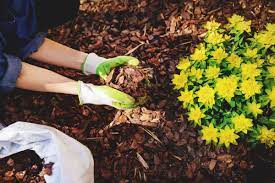
Using a mulch for winter is important to give your plants an added “blanket”. There are 6 top ingredients to make a great mulch including bark chips, pine needles, evergreen branches, shredded leaves, straw, and peanut shells. We also cover the why, how, and when to mulch for winter.
Top Reasons to Mulch For Winter
Mulching your garden puts a warm layer over your tender plant’s feet, I mean roots. During the winter, the changes in temperature cause the ground to expand and contract. This movement can shift plants roots toward the surface of the ground. When shallow rooted plants expose their roots, the roots freeze in the frigid air.
In contrast, trees like oaks or maples (the ones that lose their leaves) or deciduous trees tend to “wake up” during warm winter days. Usually, these trees will go into a cycle of dormancy but if there is a warm spell, the trees wake up. This causes the trees to send out tender new leaves. When winter winds come to freeze again, these branches and leaves can cause severe shock to the tree.
The good news is a mulch for winter protection can aide in protecting the roots, branches, and leaves of plants. A good insulator keeps your plants snug and warm during the cold winter months.
Best Ingredients For A Fantastic Mulch
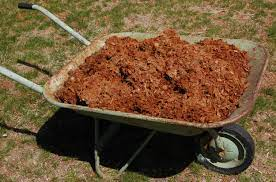
A fantastic mulch is made from coarse bulky materials. The bulk of the mulch allows air pockets to form which any outdoorsman knows is the key to keeping warm. It is why multiple layers of clothing help keep you warmer than one jacket. When mulching for winter, a coarse material will also provide oxygen and water to the toasty roots below ground. There are many choices for mulching but a combination of any of the following makes the best mulch for winter:
- Straw
- Peanut shells
- Pine needles
- Evergreen boughs
- Shredded leaves
- Bark Chips
- Compost that is not hot.
How To Mulch for Winter
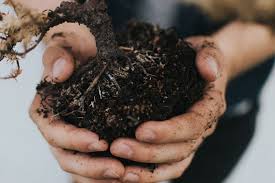
Contrary to what you might think, green compost (compost that has not cooled off) is not good for overwintering. The temperature of a mix of hay and manure can reach higher temperatures than a sunny day. This is a link to my free booklet “Composting 101”. While you are mulching, you might as well get a compost pile started so it can be ready to use in spring.
Shredded leaves and old compost are good for bulbs that can easily push through this lighter layer in spring. Pine needles look nice so work well under low shrubs or in flowerbeds. Straw and old compost works well on perennial vegetables left in the ground. Bark looks good around trees and low bushes.
Always leave a mulch free zone around plant stems or trunks. An area 1-2″ area around plants, 3-4″ area around the base of shrubs, and 6-12″ from the trunks of trees is the best diameter. When laying fine textured mulch, like compost, use 2-4″ but for coarser material like bark or hay, a 3-6″ thickness is best. All organic mulch will break down and decay but winter mulch is usually removed for use in the compost bin after all danger of a hard frost has past. You can click on this link for a free copy of my USDA Hardiness Zone map by commenting in my previous post.
Best Time to Mulch for Winter
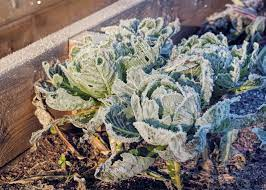
The best time to mulch for winter is when the temperature falls below 28 degrees Fahrenheit. This temperature is called a hard frost or a killing frost. As long as it does not get too cold, it will not kill your plants, only convince them to go into dormancy. Factors that come into play include the type of plant and exposure as well as the length of the frost, the presence or lack of clouds, and the amount of moisture that is in the air. Waiting to mulch for winter has the positive benefits:
- If you wait until after a hard freeze, mice are less likely to nest under your straw. They will find housing elsewhere.
- Waiting ensures the plants are not dormant for too long. If you mulch too early, the plant thinks the winter is too long. At the first signs of warm weather, the plant will be eager to put out new shoots. These can be damaged or killed if another winter storm blows through.
- Any winter mulch left in place can delay soil warming in spring.
Conclusion
It’s often best to remove winter mulch in vegetable beds and other places where plants will benefit from early warming of the spring soil. Mulch for winter gives your plants the snuggly warmth they need for the harshest of winters. What is your favorite mulch in your area? I don’t need it in Malaysia but when I lived in Colorado, I loved raking the leaves and then jumping into the gigantic piles with my labradoodle.
